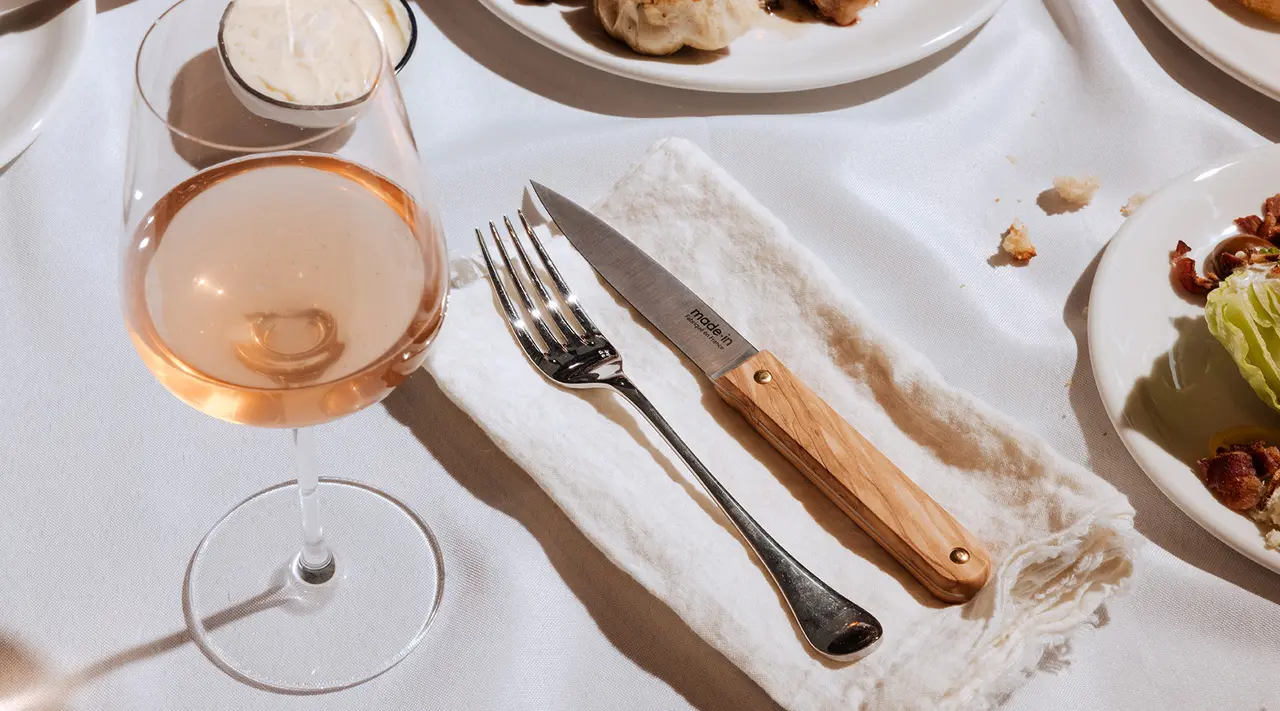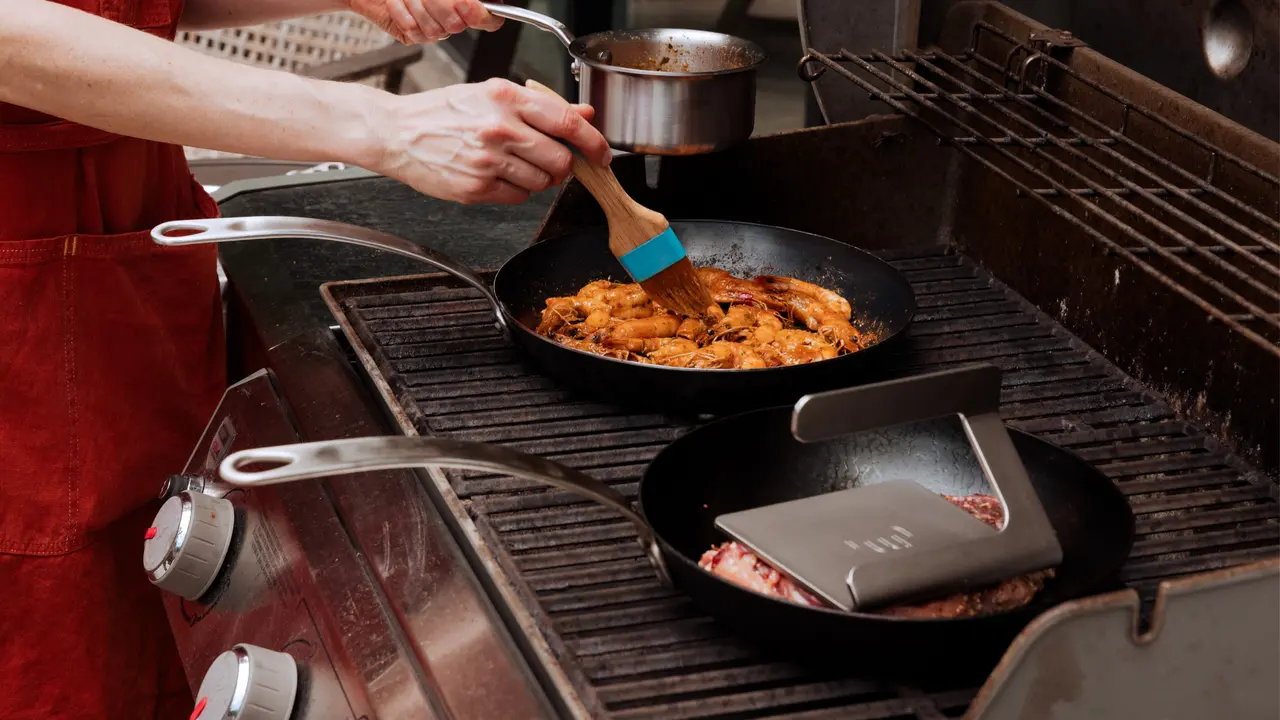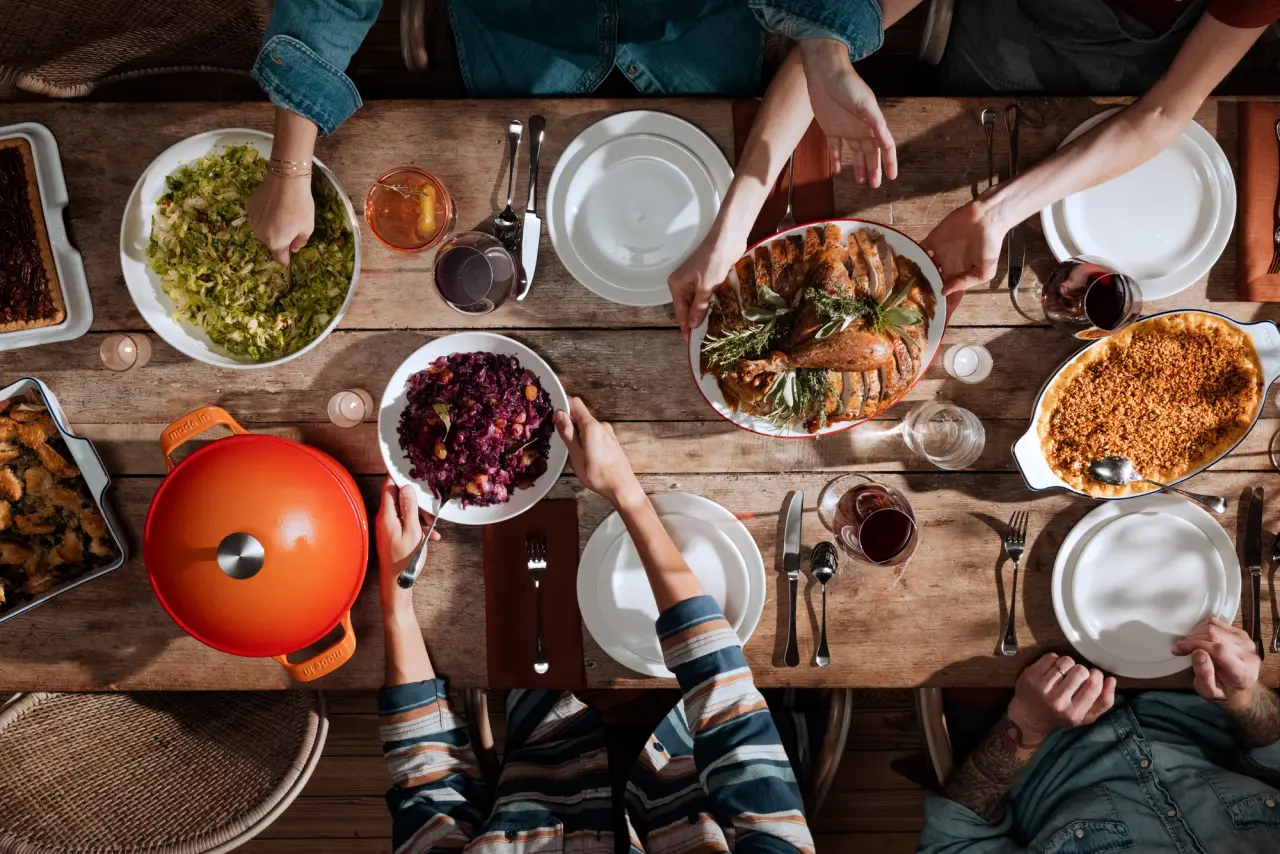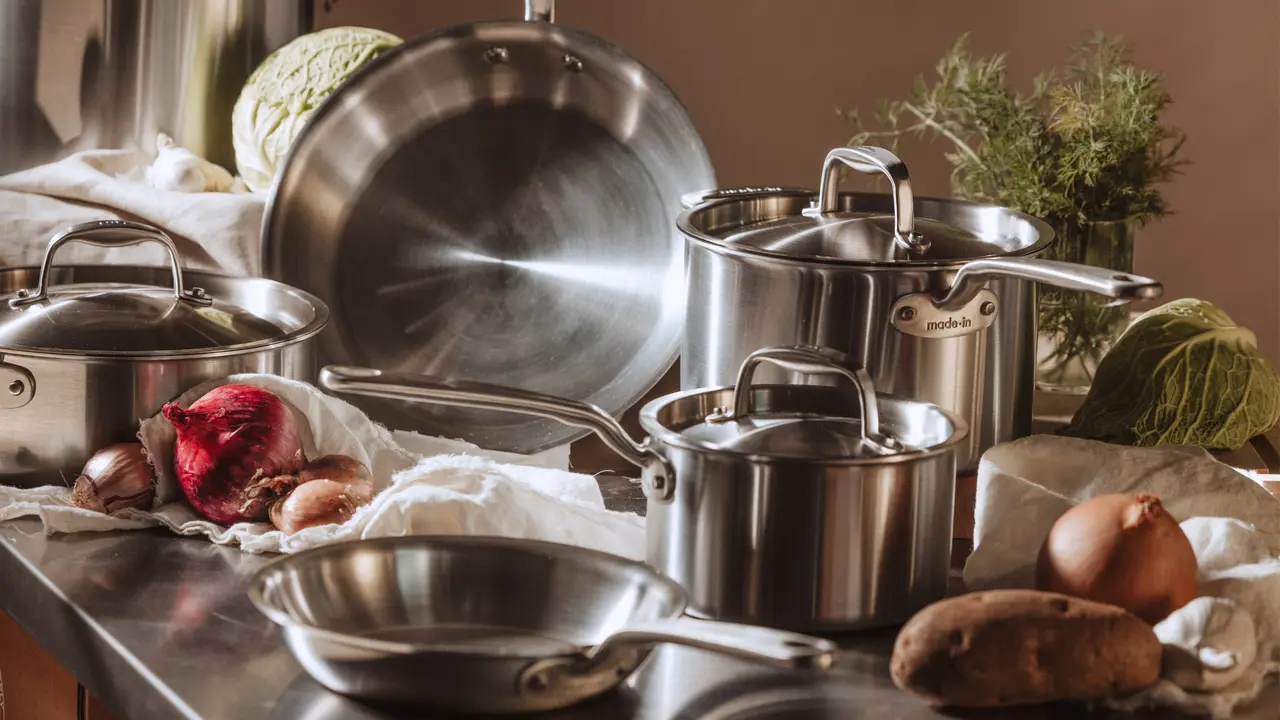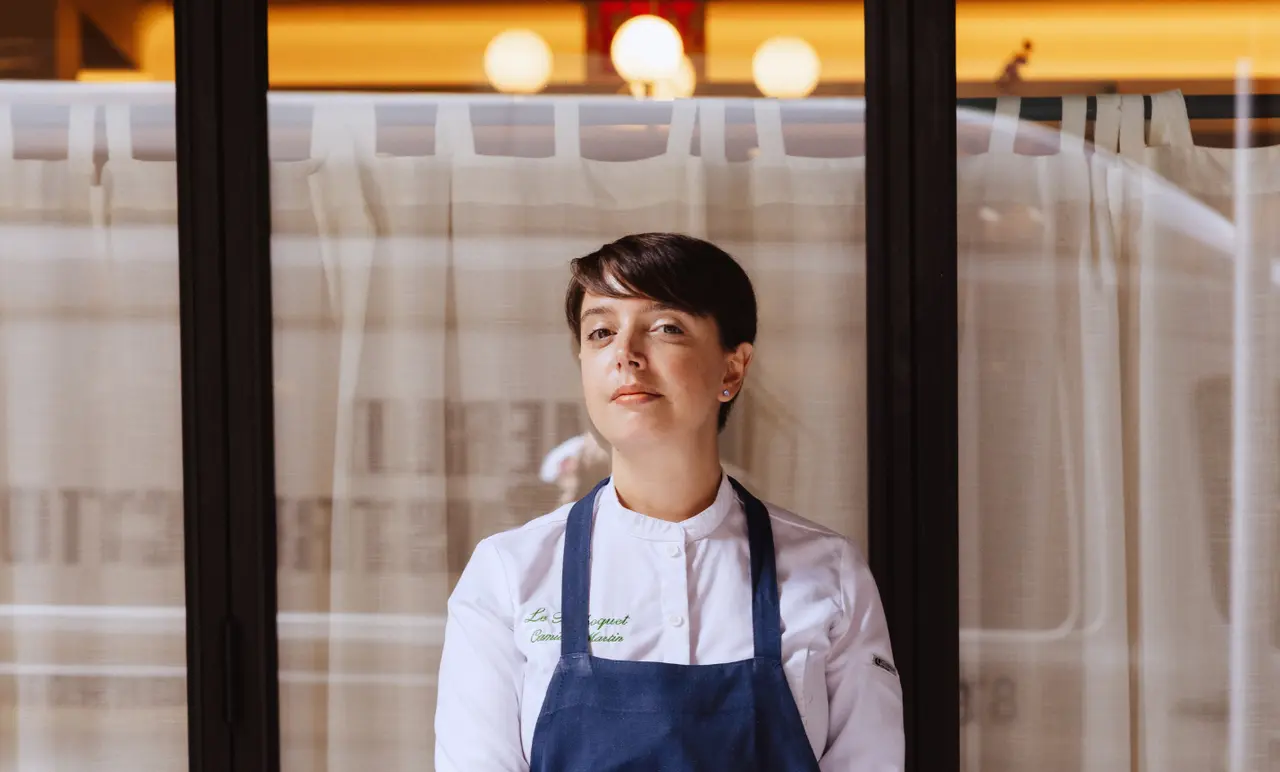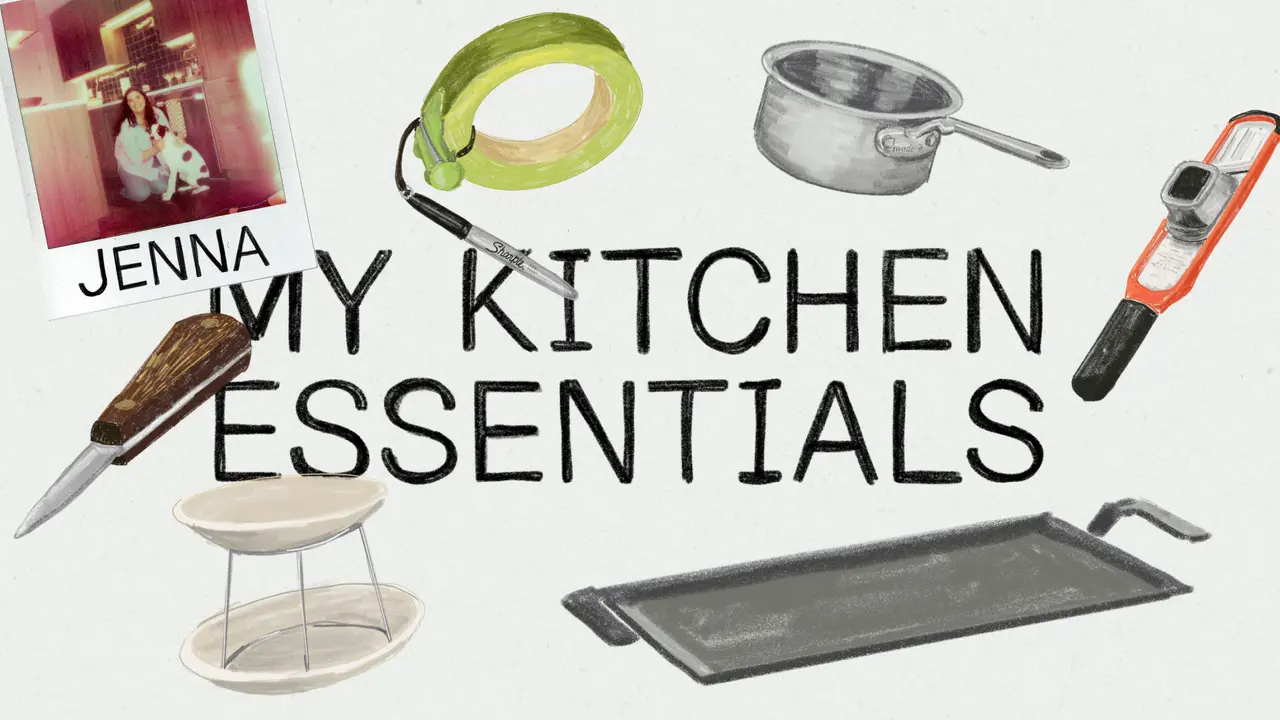Unless you’re a socialite, dignitary, or member of the royal family, your knowledge of “proper” silverware etiquette probably doesn’t extend too far beyond “chew with your mouth closed” and “elbows off the table.” And most of the time, that’s fine.
However, if and when you’re invited to a meal requiring you to put your best foot forward—a formal dinner party, a black-tie wedding, or a first meeting with your significant other’s parents—you’ll be glad to have a working knowledge of proper silverware etiquette. Fortunately, it’s not all that difficult—let’s get into it.
The Basics of Proper Silverware Etiquette
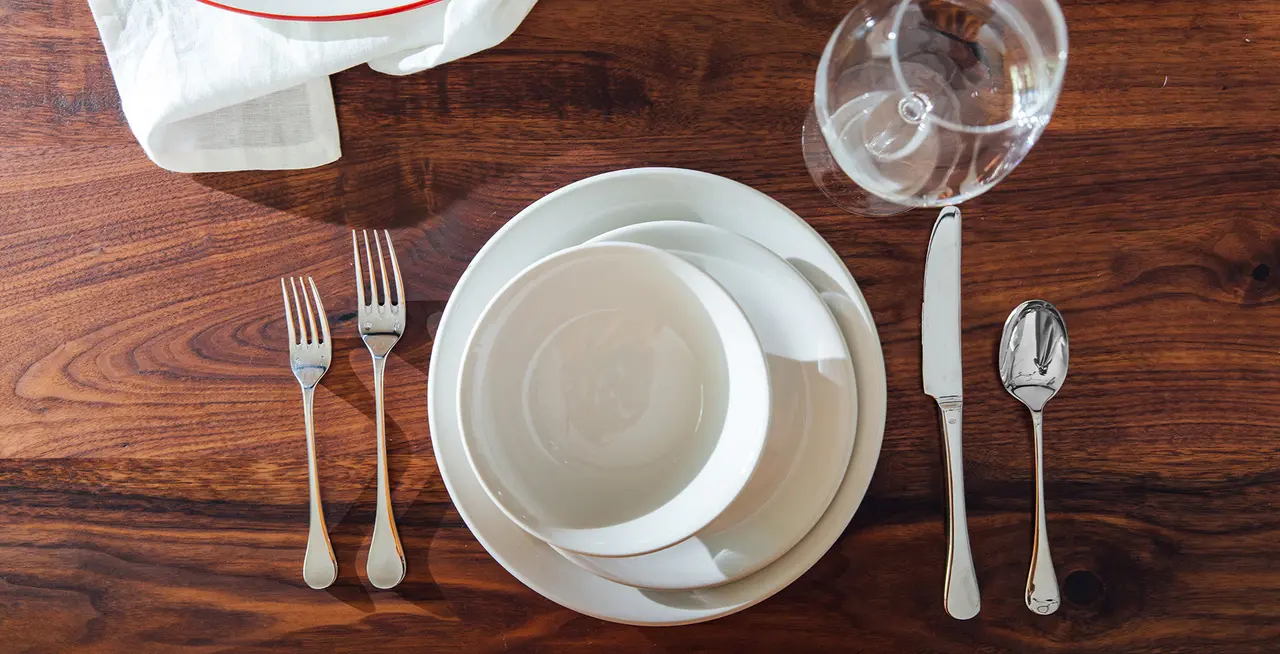
Proper silverware etiquette starts with knowing how to set a table, or if you’re a guest, knowing how to read a table setting. Generally speaking, the fancier the table setting, the more important it will be to observe proper silverware etiquette.
In the fanciest settings involving upwards of ten pieces of cutlery, they’ll be arranged in columns on either side of your plate—forks on the left, spoons and knives on the right. All you need to do is work your way inward:
- Begin with the soup course (use the soup spoon on the far right)
- Then the salad (salad fork, far left)
- Followed by the main course (table and dinner fork, the two innermost pieces).
Traditionally, the host sets the pace for the meal, using flatware to wordlessly direct and communicate with servers (more on this below). At in-home dinners, you likely won’t need this flatware semaphore, but if you’re dining at a restaurant Google rates as “$$$$” or above, it couldn’t hurt to know—it might even be expected.
How to Hold Silverware
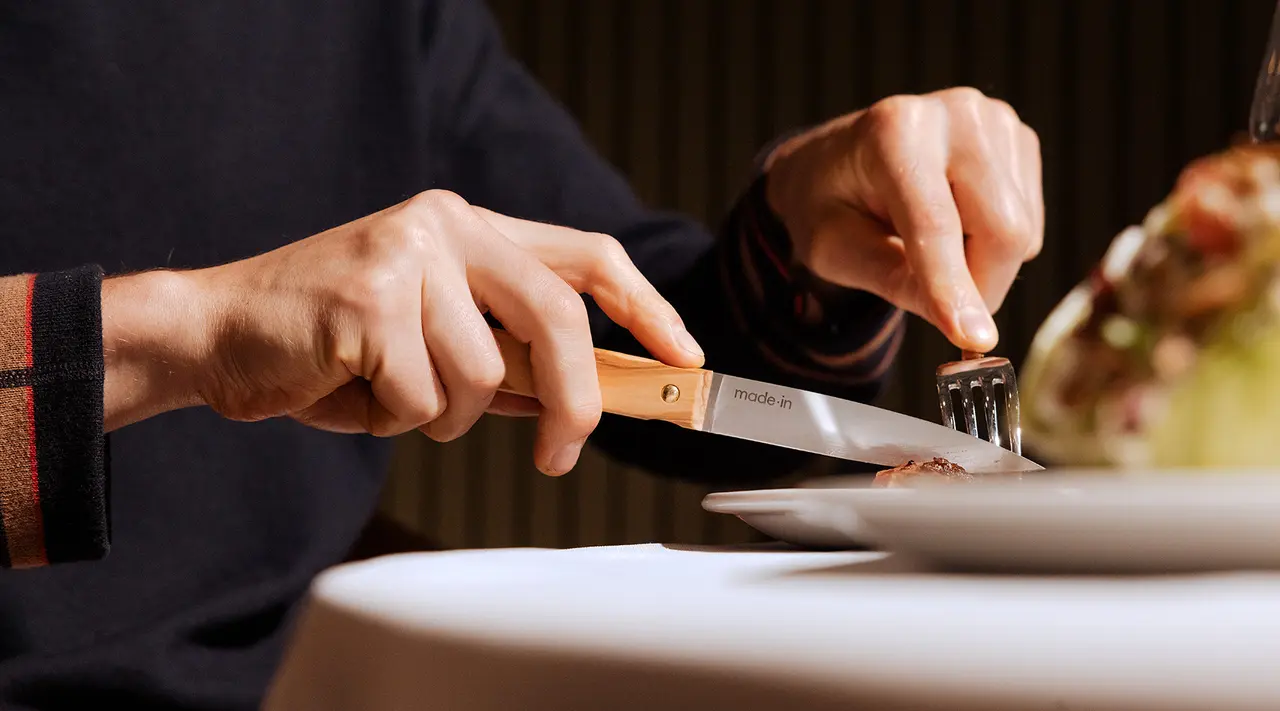
Flatware shouldn’t be gripped tightly in a fist, but held loosely and delicately. In addition to being more elegant, this will give you more balance and control as you eat. When picking up silverware, there are two schools of thought regarding which piece goes in which hand: the Continental (or British) way, and the American way.
The Continental/British Way:
The British way places the knife in your dominant hand and your dinner fork in your non-dominant hand. Switching is frowned upon, so guests use their fork in the left hand to pick up and eat food. This saves time when eating, and is thought to be less disruptive and more gentile.
The American Way:
Americans are less fussy about the extra effort, preferring to switch the fork and knife after cutting so that the dominant hand is always doing the work. This more casual approach often feels more natural and comfortable.
Where Does Silverware Rest in Between Bites?
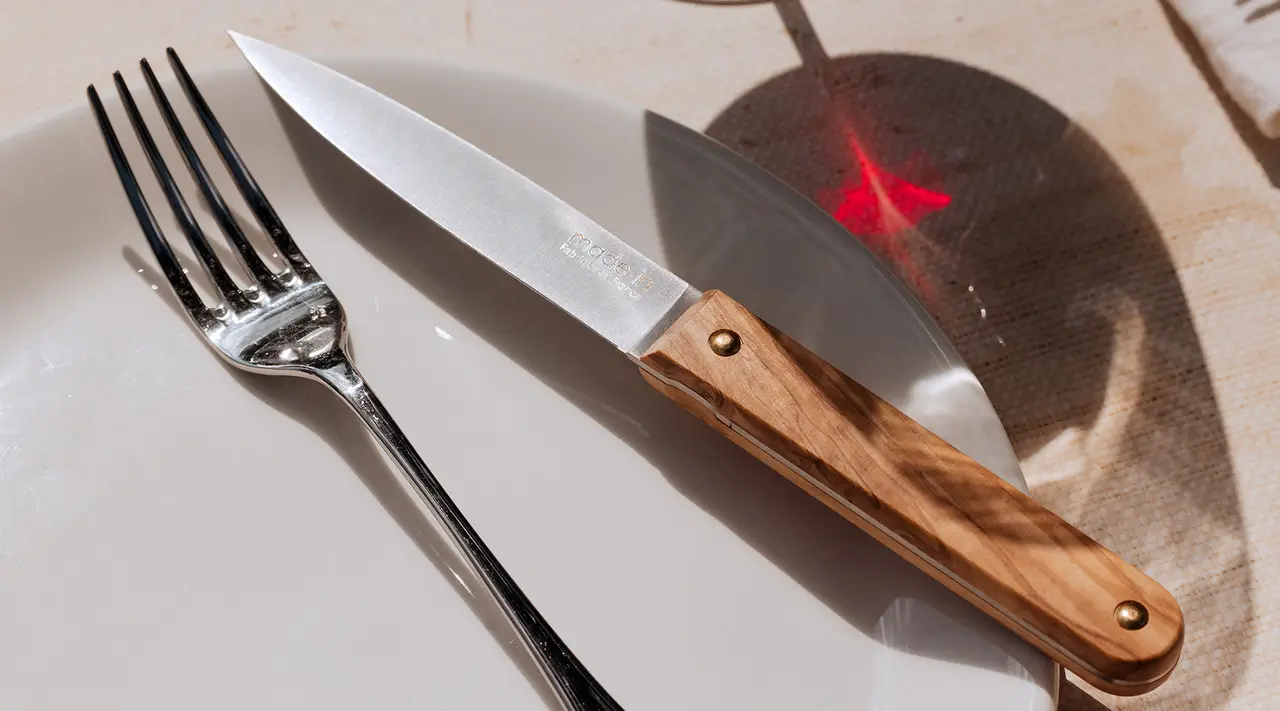
Never place silverware directly on the table or partially on your plate. Instead, if you’re taking a brief break from eating, place cutlery on the plate in one of two ways:
The Continental Way:
Place your knife and fork (tines up) angled towards each other to create an inverted ‘V’ with the blade and tines pointing away from you.
The American Way:
Place your knife diagonally across the plate on the top right. The fork should be placed parallel at a distance, tines facing up.
What About When You're Done Eating?
To signify that you’re finished with a course, place your fork and knife next to each other at either the 6 o’clock position, or with the handles at 4 o’clock and the tines and blade pointed diagonally towards 10 o’clock.
Either way, the tines and blade should be pointed into and across the plate. This will also make it easier for plates to be cleared and minimize risk of silverware falling to the floor.
Rules Are Made to Be Broken

Not every dinner party or celebration has to be formal—and formal doesn’t mean the same thing to everyone. (Other cuisines and cultures have their own etiquette playbooks.) So if you feel completely comfortable with your guests or host, then you should feel free to eat in a relaxed setting. When in doubt, read the room and follow the host’s lead.
Ready to Cook?
Ready to flex your newfound table manners? For that, you’ll need a dinner party—which means you’ll need elegant and refined place settings to match the mood. Our Tabletop Collection, featuring English-made china Plateware, German-blown Glassware, and Italian Flatware, is designed to do just that. Elegant enough for the most formal occasions yet durable enough for everyday use, it’s the perfect excuse for more elaborate meals and dinner parties.
